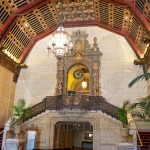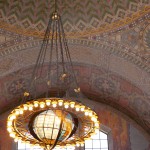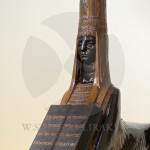I am one of the coaches for the NZ men’s 49er and the women’s 470 teams and have for the past 15 years also been working in the US sailing system with the top juniors.
Having brought 9 of the 12 NZ team members thru from Optis to the Olympic team and having won 17 world titles and over 60 NZ titles. (Plus numerous US national titles) I feel I can accurately give a comparison of the two systems. Here are my thoughts:
- US sailors are over coached and seem to spend the entire summer at regattas rather than training. The ratio is 5 training days to 1 competition day.
- There is an obvious lack of a tunable boat in the system, too many lasers and look at the US laser results, awful.
- The US coaches are lazy and technically very poor, results don’t seem to count.
- The system is covered in South American coaches who, to fill there own bank accounts have pushed the 24/7 coaching mentality (We started with some Argentino coaches in NZ but quickly got rid of them after seeing the decline in that countries results).
- Zero talent identification from US sailing. My sailors have won a whole lot of US titles but not once been approached by US sailing to acknowledge this talent.
- Sailing is way too expensive in the US, thus excluding a lot of the hungry, driven athletes, again everyone has their hand out. Regattas have turned into moneymaking exercises by the clubs involved, with a prime example in the Buzzards Bay Regatta, which is hugely expensive to enter and has the worst race management I have ever seen. Why is there a constant fight amongst the clubs involved in this regatta to hold the event? Profit.
- The US collegiate system is the best racing in the world but produces debt-ridden sailors who are great sprint racers but need to be retrained for Olympic work as the tuning knowledge just isn’t there.
- Most of the US-born coaches are ex-collegiate coaches. Can no one else see the problem here?
- Money and covering the athletes with coaches won’t help the situation; the problem is in the youth and junior structures.
Obviously the present management and coaches need to go, and those who appointed them need to have a long hard look at themselves in the mirror.
I have a great fondness for the US sailing scene and have had many great experiences over the years, but since I have been in this system, the numbers of sailors have dropped, the coach numbers have increased and the results have declined. Sad.
John Morgan
Morgan Yacht Design













